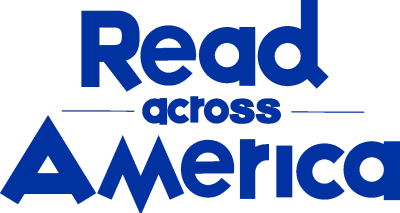Celebrate a nation of diverse readers with these recommended books, authors, and teaching resources.
Join us
Share this book
- Dancers use gestures and choreographed movements to tell a story, just as Leah Henderson uses carefully chosen words to tell Ailey’s story in The Magic in Changing Your Stars. Students might be familiar with story and dance through classical ballets adapted from fairy tales or folk dances that communicate history or traditions, but all kinds of stories can be expressed through any style of dance, including family stories! Help students discover the stories of those who have taught, cared-for, and loved them--whoever they think of as family.
- Family stories can help others understand how people's choices have shaped our history and still influence our lives today. Talk about the choices characters made in The Magic in Changing Your Stars and have students discuss what they admired, appreciated, or found interesting. Then have them brainstorm names of adults important in their lives who they are curious to learn more about. Ask students to interview that person or someone who can share information about that person, having them particularly focus on the choices that person made in becoming who they are today. Students can then write and share their family stories to help them appreciate multiple viewpoints and get a feel for stepping into someone else’s shoes.
- Then have students take their family stories a step further by interpreting them through dance! Ask students to create their own movements that interpret their family story and demonstrate choices that were made. You may want to also teach students about pantomime as something they could combine with their dance to help tell their story. Have students explore and listen to different genres of music to make selections for their dances. Give everyone plenty of time to practice before their performance and invite family members to be in the audience.
Questions for Discussion or Reflective Writing
- Have you ever tried out for a performance? Ailey said he wasn’t scared but when he started his audition, he froze. What do you think happened?
- What does it mean to change your stars? Do you have to go back in time to change your stars? What can you do to change your destiny? What can you do to help others who want to change?
- If you could travel back in time, what year would you travel to? Would there be something that you would try to change if you went back in time? How would you interact with people from your present that you meet in the past?
- Have you ever had a conversation with adults in your life about what they wanted to be when they grew up or something they wished they'd done but didn't? Did anyone express any regrets from their youth? What could you learn from such a conversation?
Related Resources
- The Magic in Changing Your Stars Teacher’s Guide
- Leah Henderson Reads Aloud the First Chapter of The Magic in Changing Your Stars
- Black Excellence collection from Smithsonian Learning Lab
- Three Ways Bill “Bojangles” Robinson Changed Dance Forever from Smithsonian Magazine
- Bill Robinson Tap Dancing Videos
Celebrate a nation of diverse readers with these recommended books, authors, and teaching resources.
More Titles to Try
Stay on top of current education news
Sign up to learn more about the important issues affecting our nation’s public schools and students.

Join Our Community of Readers
Are you a teacher, librarian, educator, author, or devoted book worm? Join the Read Across America Facebook group to share resources, ideas, and experiences as we celebrate a nation of diverse readers.
Stay Informed We'll come to you
We're here to help you succeed in your career, advocate for public school students, and stay up to date on the latest education news. Sign up to stay informed


